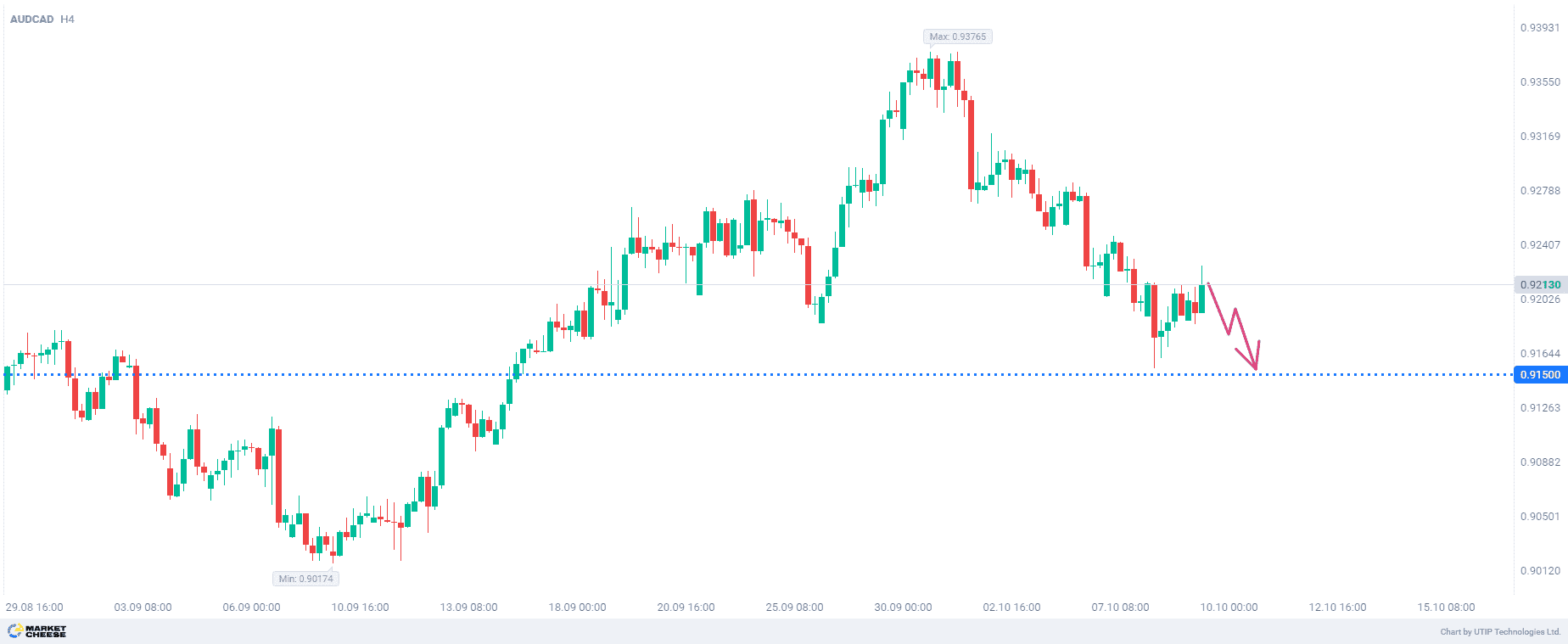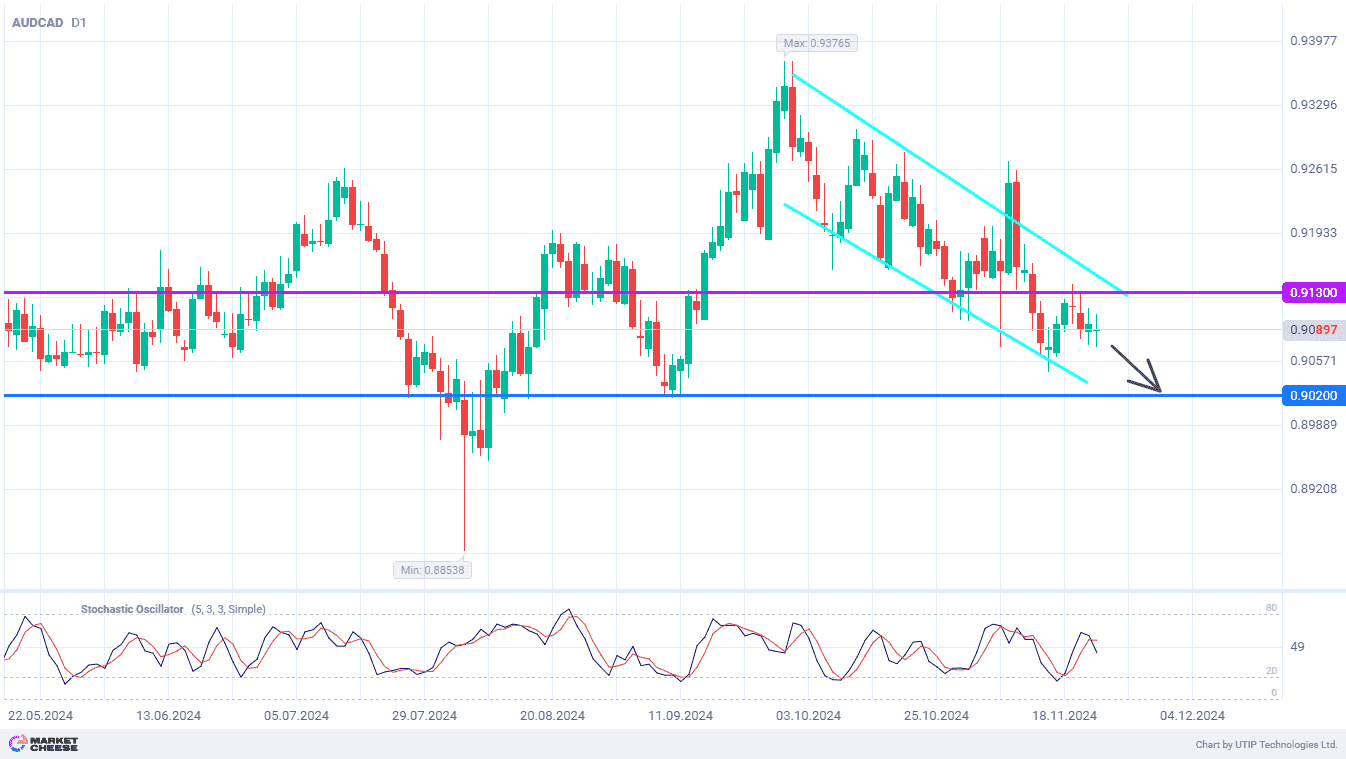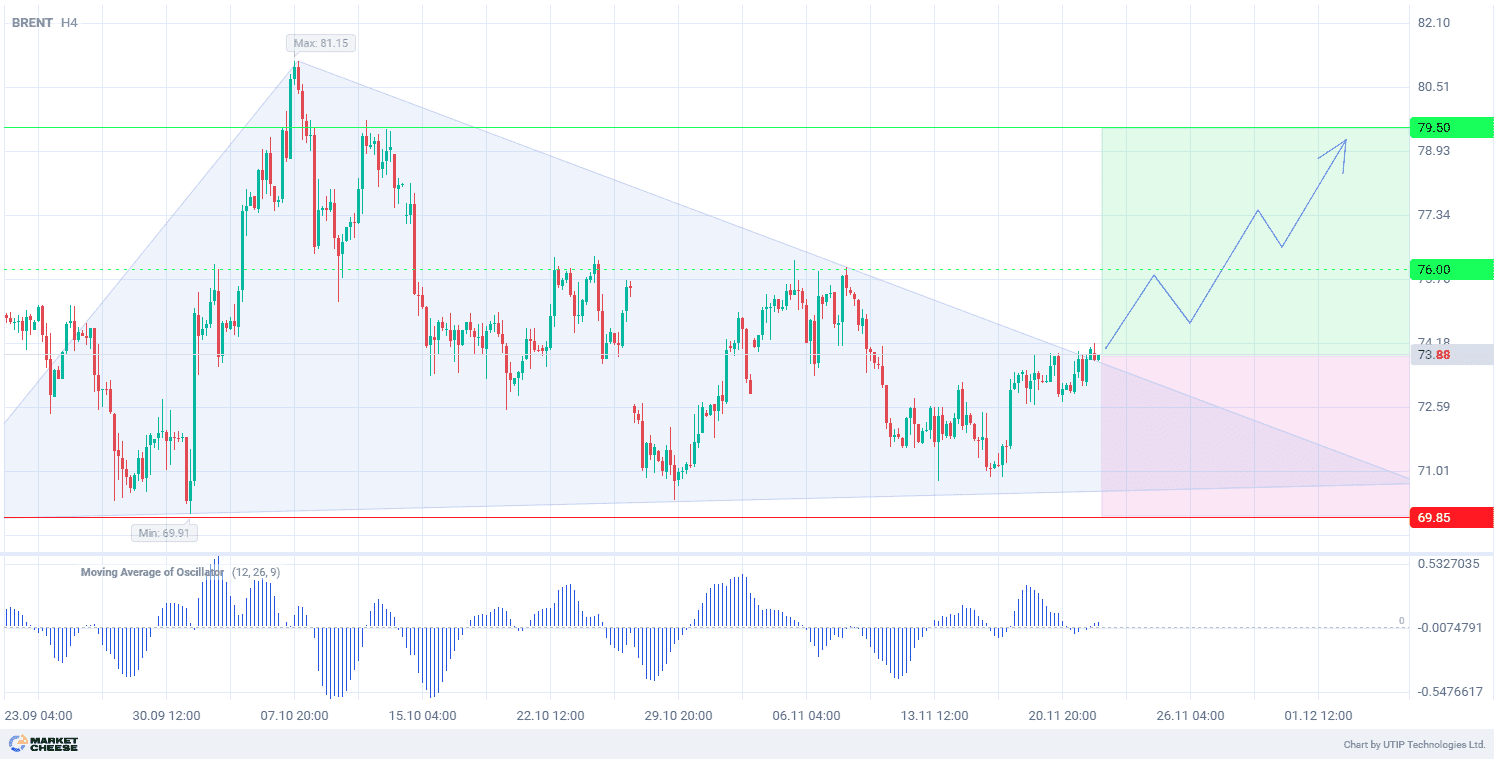At the moment, there is a good prospect for a short-term sale of the AUDCAD currency pair.
First, the economic data from Australia supports this. The key interest rate set by the Reserve Bank of Australia remains unchanged since October last year and is at 4.35%. At the same time, Australia’s most closely integrated economic and geographical neighbor, New Zealand, has cut its interest rate by 0.5% today.
Over the last six months, the Australian economy has been undergoing processes restraining the pace of economic growth. In particular, the manufacturing activity index has been declining, while GDP is showing negative dynamics. At the same time, the labor market remains overheated against the background of weakening inflation. It is likely that the hot labor market is the main argument keeping the RBA from starting the policy easing cycle.
Second, the world is now witnessing a build-up of both geopolitical tensions and short-term climate risks related to the oil market. The latter include another hurricane approaching the southern states of the US, which could significantly reduce oil production in the Gulf of Mexico.
The price of oil has a significant impact on the Canadian dollar, and a growing oil deficit leads to the currency strengthening.
Today, the data on US crude oil inventories will be published, and if the figures show a decrease in inventories to levels of less than 1 million barrels, it will lead to an impule rise in oil prices and a decline in AUDCAD.
The final recommendation is to sell AUDCAD provided that the US crude oil inventories, according to the Energy Information Administration, are below the level of 1 million barrels.
Profits are taken at the level of 0.9150. Losses are fixed at the level of 0.9250.
The volume of the opened position should be chosen so that the value of the possible loss, fixed with the help of a protective stop order, is less than 2% of the deposit funds.










